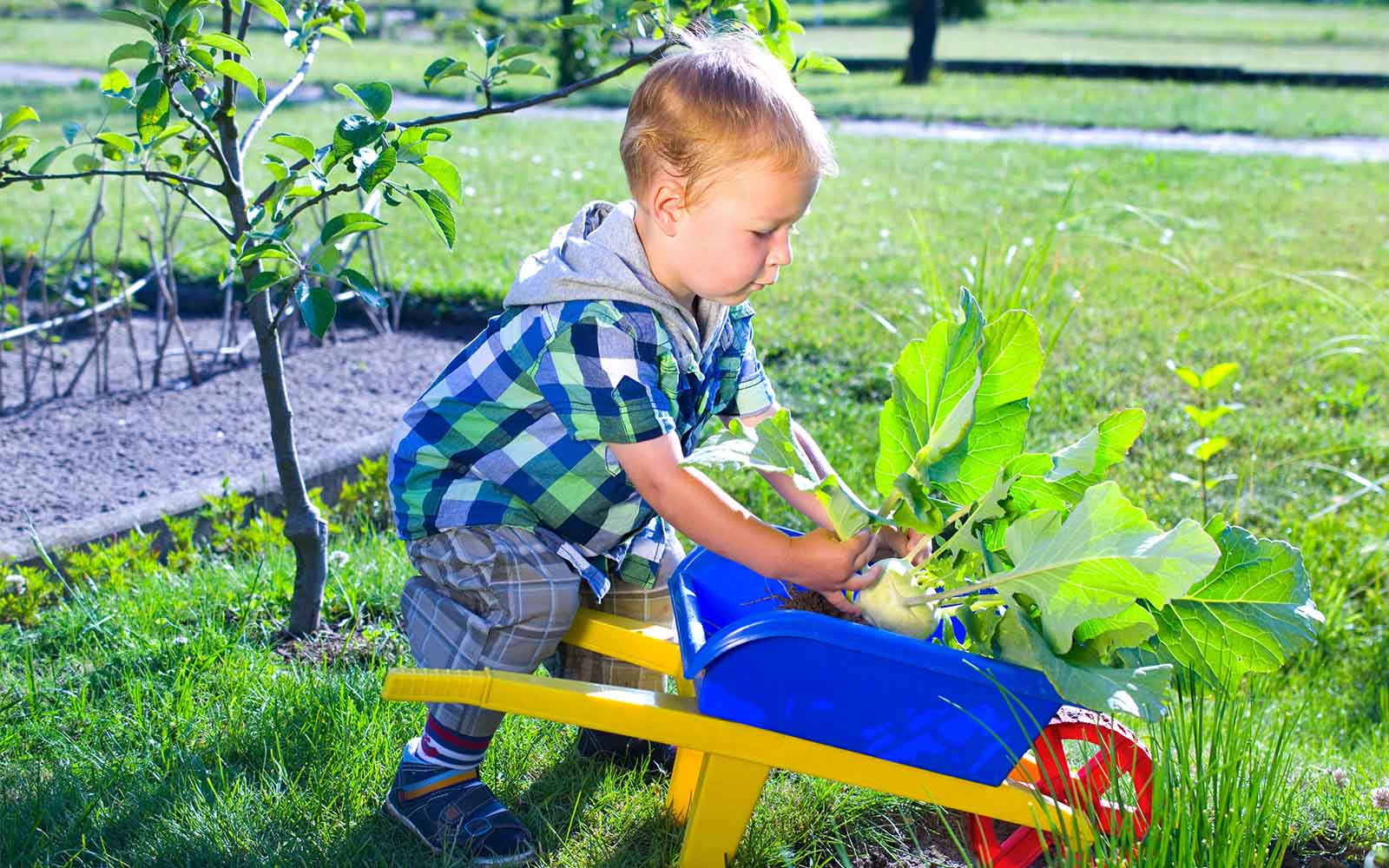September 06, 2016 0 Comments
If you are just starting out on your gardening journey, you need to decide on a few things first: such as the types of food or vegetables you want to grow, and the amount of time you can devote to getting your hands dirty. Once you have established these, you can then choose the gardening type of gardening that aligns with your energy, finances, and growing space.

It’s easy to flip out when there’s a jillion things you’re worried about as you start your gardening journey. But according to SparkPeople[1], you’d only need to start with five basic steps to get you going in the right direction:
Whether you’d like to grow your food in your own backyard or a community garden, choosing the right location is important to the success of this endeavor. You can also choose to grow your garden in small spaces to adapt to your lifestyle.
You may opt to do one of the following methods to grow your crops:
What’s the point of gardening if the foundation (aka your soil) is not of good quality? Here’s what you should look for to detect good soil according to the Soil Health Training Manual:
Judging which plants are worth your effort can be confusing, it can range from which crops you’d like to have on hand all the time to which are in season. No worries, we’re here to help you out remember? So here’s the list of easiest and top homegrown crops to get you started[2]:
You’re all set! Now comes the fun part: planting! Here are some helpful tips to make your gardening journey worth your time and effort:
Now that you’ve got the basics, let’s move on to the dirty work.
Congratulations, you made it to harvest period! Time to celebrate! Remember to pick the ripe ones first and let the other continue to grow before picking them. Here’s a quick overview on when to harvest your crops to help you out.
Have you started growing food? Share your journey with us on our #GrowFood campaign page!
Resources:
October 16, 2016 0 Comments
This World Food Day, learn how climate change affects our food production and supply, and what we can do about it.
October 02, 2016 0 Comments
September 09, 2016 0 Comments
Sign up to get the latest on sales, new releases and more…
© 2025 EarthCitizen.
LLC
Powered by Shopify
